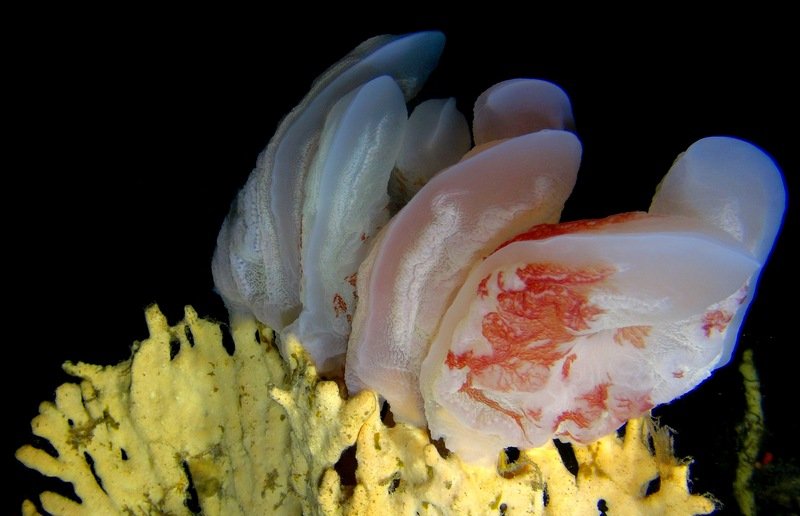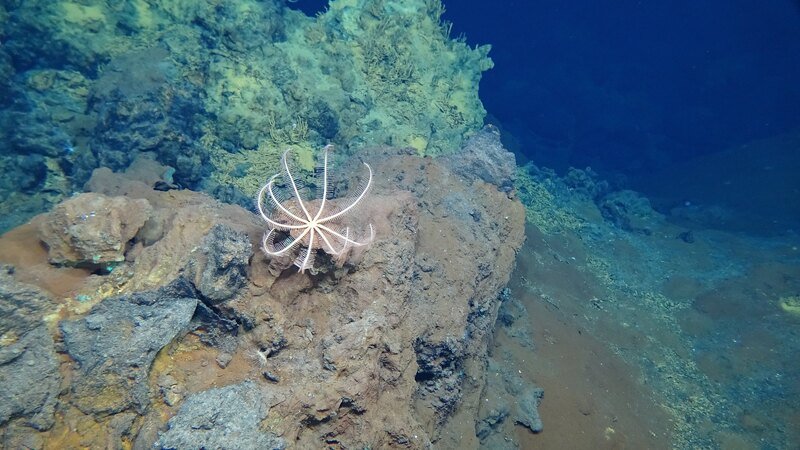How to Unlock Depth of Field in Subsea Photography for Marine Research
Whether you're studying marine life, underwater geology, or the effects of climate change on our oceans, having the right tools is essential. Subsea cameras produce the images and video needed for important research. Achieving high-quality images in subsea environments comes with its own set of challenges. One critical aspect that researchers need to master is depth of field—a fundamental concept in photography that plays a pivotal role in marine research endeavors. In this article, we break down the concept of depth of field and its significance in marine research.
What Is Depth of Field?
Depth of field is a fundamental concept in photography that describes the range of distances within a scene that appear acceptably sharp in an image. In simpler terms, it determines what is in focus and what is not. In the context of subsea photography, understanding depth of field is vital for achieving clear and detailed underwater images.
What Determines Depth of Field?
The depth of field of a camera is determined by several factors, including the sensor size, lens aperture, and focal length. Let's break down these elements:
Sensor Size
The size of the camera's sensor plays a significant role in defining the depth of field. A larger sensor typically results in a shallower depth of field, meaning only a small portion of the scene will be in focus. In contrast, a smaller sensor provides a wider depth of field, allowing more of the scene to be in focus.
Lens Aperture
The lens aperture, measured in f-stops, regulates the amount of light entering the camera. A wide aperture (e.g., f/1.8) creates a narrow depth of field, while a small aperture (e.g., f/8 or higher) results in a wider depth of field.
Focal Length
The focal length of the lens also impacts the depth of field. Zooming in on your subject narrows the depth of field, making it ideal for isolating specific elements within your frame.
Adapting Depth of Field in Subsea Cameras
Depth of field can be adjusted using two primary variables:
Focus Distance
The focus distance is the distance between your camera and the subject you're capturing. Focusing on a closer distance narrows the depth of field, making your subject stand out while blurring the background. On the other hand, focusing on a farther distance widens the depth of field, bringing more of the underwater scene into focus. This technique allows marine researchers to emphasize specific subjects while softening the background, enhancing the visual impact of their research images.
Optical Zoom
Optical zoom, achieved by adjusting the lens focal length, also impacts the depth of field. Zooming in on your subject has the effect of narrowing the depth of field, allowing you to concentrate on specific marine specimens or features. It's like bringing your camera closer to the subject, which is particularly useful in marine research where precision is key.
Want More Tips on Subsea Photography?
Why is Mastering Depth of Field Important in Marine Research?
Mastering depth of field is a significant aspect of marine research due to its pivotal role in ensuring that the visual documentation is clear, precise, and scientifically valuable. Where marine researchers often study delicate ecosystems, organisms, and geological formations, achieving the right depth of field is of paramount importance. The ability to control the range of distances that appear acceptably sharp in an image is essential for capturing the fine details, textures, and structures of marine life. This level of detail is crucial for scientific analysis and understanding, allowing researchers to identify species, document habitats, and analyze data with precision.
Moreover, mastering depth of field allows researchers to isolate specific subjects or features within the vast underwater landscape. By emphasizing a particular element and effectively blurring the background, they can draw attention to what matters most in their research. This is particularly useful when studying individual specimens, conducting habitat assessments, or documenting geological formations.
In the context of marine research, precision in documentation is a fundamental requirement. Controlled depth of field is the key to achieving this precision. It enables researchers to focus on specific elements within a scene and ensures that these elements are captured in sharp detail. The clarity and accuracy of the visual records are essential for scientific rigor and data analysis.
Controlling depth of field also serves to minimize distractions in underwater environments. Marine scenes can be complex and visually cluttered, with various elements competing for attention. By managing the depth of field, researchers can reduce distractions and create clean, uncluttered images that facilitate data analysis and interpretation.
Efficiency and resource utilization are additional benefits of mastering depth of field. Researchers can capture the desired results with fewer shots, conserving valuable resources during fieldwork. Moreover, clear and well-composed images with controlled depth of field reduce the need for extensive post-processing, allowing researchers to focus more on data collection and analysis.
How to Calculate Depth of Field for Subsea Cameras
Calculating the depth of field in subsea photography is essential for ensuring your images are sharp and informative. To do this, you need to decide what is acceptably sharp in your images. For instance, let’s assume that features below 0.25mm are considered unnecessary when viewed in a 200x250mm print at 300mm distance. Let's take a closer look at an example using a SubC 1Cam:
Lens: Carl Zeiss Vario-Sonnar T
Aperture: F1.8 ~ F3.4
Focal length: f= 3.8 ~ 38.0mm
Equivalent 35mm focal length: 26.0~260mm (16:9), 31.8-318mm (4:3)
Using a depth of field calculator, if we select the largest aperture of f/1.8, use the widest focal length of 3.8mm, approximate a sensor size of 1/2.3”, and adjust the focus distance to 1m, the calculator gives us a depth of field of approximately 2.79 meters. Now, if we apply a magnification of approximately 1.33 due to the flat port, we can calculate:
Nearest Acceptable Sharpness: 0.44 meters
Furthest Acceptable Sharpness: 2.5 meters
Total Depth of Field: Approximately 2 meters
Understanding these calculations will help you capture underwater images that meet the precise needs of your marine research.
Conclusion
Unlocking the depth of field in subsea photography is an indispensable skill for marine researchers striving for clarity, precision, and scientific value in their visual documentation. Depth of field, influenced by factors like sensor size, lens aperture, and focal length, plays a pivotal role in capturing the intricate details of marine life and geological formations. Mastering depth of field not only allows researchers to emphasize specific subjects and features but also contributes to the efficiency and resource utilization during fieldwork. The ability to calculate and control the depth of field ensures that images are sharp and informative, meeting the exacting requirements of marine research. As technology and techniques continue to evolve, the mastery of depth of field remains an essential skill for researchers seeking to unlock the secrets of the deep and contribute to our understanding of the oceans.










